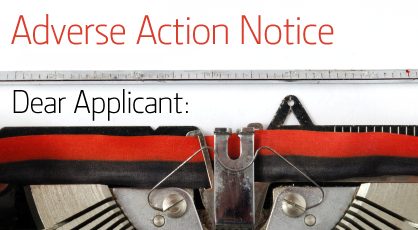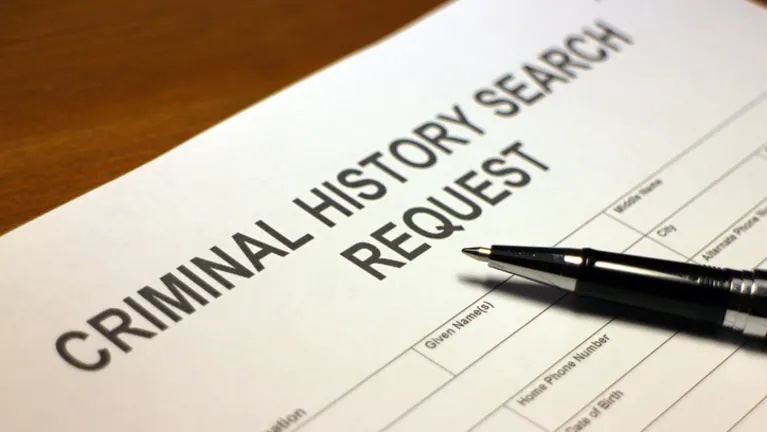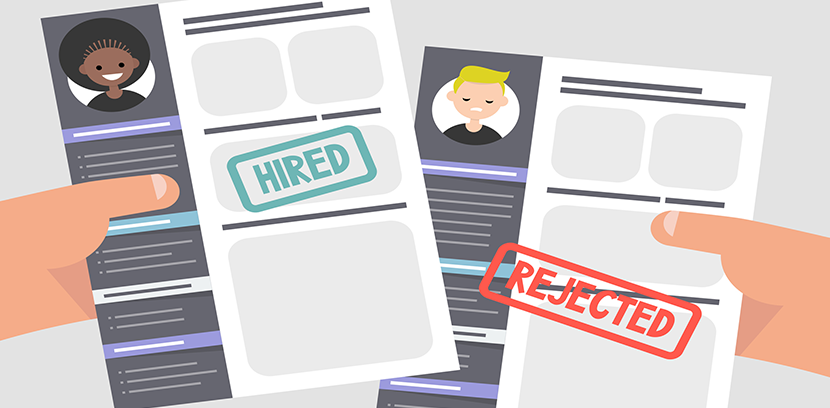Finding the right employees is akin to solving a complex puzzle; each piece must fit seamlessly to create the complete picture. But what happens when you come across a piece that doesn’t quite seem to fit? This is where an adverse action, particularly a pre adverse action letter, becomes a valuable tool. It facilitates communication between employers and potential employees concerning any concerns that may arise during the hiring process. Let’s delve deeper into this process, focusing on how it contributes to retaining potential employees.

Different Types of Adverse Action
Adverse actions can be likened to the various signals at a traffic intersection, with each serving a specific purpose in guiding the hiring process. These actions may involve denying employment, terminating an employee, or refraining from promoting someone due to information uncovered during a background check. Each type of adverse action acts as a safeguard, ensuring the safety and integrity of the workplace by allowing only the most suitable candidates to progress.
Imagine you’re driving a car and encountering a red traffic light. It’s a signal to stop and assess the situation before proceeding. Similarly, adverse actions serve as red lights in the hiring process, signaling the need to address certain concerns before moving forward. They are crucial for maintaining a secure and dependable work environment.
FCRA Procedures in Employment Situations
The Fair Credit Reporting Act (FCRA) functions like the rulebook in a game, establishing standards for using consumer report information in employment contexts. It emphasizes fairness by stipulating the necessity of obtaining permission before obtaining a consumer report and mandates disclosure when this information is employed in making employment decisions. Think of it as a referee overseeing a sports match, ensuring all participants adhere to the rules and play fairly. In this case, the FCRA safeguards the rights of both employers and potential employees.
To put it simply, the FCRA ensures that employers follow the rules when checking a person’s background before hiring them. It’s akin to having a referee in a soccer match who ensures that everyone adheres to the rules to maintain fairness.
The FCRA requires employers to be transparent and obtain consent from the individual before procuring their credit or background report. This is similar to seeking permission before using someone’s personal information, ensuring that their rights and privacy are respected. Additionally, the FCRA compels employers to provide a copy of the report to the individual if an adverse action is contemplated based on its findings. This step fosters transparency and allows individuals to understand why a certain decision is being made.
Employee Background Checks
Background checks serve as a magnifying glass, revealing a candidate’s past in meticulous detail. These checks scrutinize various aspects, including criminal records, credit histories, and educational backgrounds. It’s similar to scanning a product’s barcode to unveil its contents, thereby ensuring transparency between employers and candidates and verifying the accuracy of the information furnished by the potential employee.

Background checks can be likened to detective work. They assist employers in delving deeper into an individual’s history to ascertain whether they fit the job. It’s a way of ensuring there are no unwelcome surprises down the road.
Conducting background checks is akin to peering through a window into a candidate’s past. Employers can obtain information about a person’s criminal record, employment history, and even their credit score. This thorough examination ensures that employers are well-informed about the individuals they are considering for employment, promoting a safe and reliable work environment.
Pre-Adverse Action
The pre-adverse action serves as a warning signal, notifying a candidate about a potential adverse action due to concerning findings in a background check. It allows the candidate to review the report and rectify any inaccuracies before reaching a final decision. Think of it as a second chance, allowing the potential employee to clarify or correct any discrepancies, thereby promoting fairness and transparency in the hiring process.
Consider you’re playing a board game, and there’s a cautionary warning before you make a move that could have consequences. The pre-adverse action is akin to that caution, offering you the chance to rectify things before the game concludes.

The pre-adverse action process begins when an employer receives a background check report containing potentially disqualifying candidate information. The employer must notify the individual instead of immediately taking adverse action, such as rejecting the candidate. This notification is typically done through a pre-adverse action letter, providing the candidate with a copy of the report and an opportunity to dispute any inaccuracies.
Adverse Action Letter
An adverse action letter functions as the messenger conveying the final decision when unfavorable findings emerge. It notifies the candidate of the employer’s choice not to proceed with the hiring process based on the background check results. The letter provides comprehensive explanations regarding the reasons behind this decision and extends an opportunity for the candidate to respond, ensuring open communication between both parties.

Picture the adverse action letter as a message explaining why you didn’t secure the job. It’s akin to the coach explaining why you didn’t make the team and allowing you to discuss it further.
The adverse action letter is a crucial step in the process. It informs the candidate that the employer has decided not to move forward with their application due to specific findings in the background check. The letter provides transparency by explaining the reasons behind this decision, such as discovering a criminal record or discrepancies in employment history.
Importantly, it allows the candidate to respond by providing additional information or addressing any inaccuracies in the report. This open communication ensures fairness and allows candidates to present their side of the story, which can be instrumental in cases of mistaken identity or incorrect information.

Adverse actions are indispensable tools, akin to navigational buoys guiding ships through potential obstacles in the employment process. They play a pivotal role in maintaining the sanctity and reliability of the workplace by ensuring that only the most suitable candidates are selected.
The various forms of adverse actions, guided by the principles enshrined in the FCRA and communicated through pre-adverse and adverse action letters, function as connectors and informants. They bridge gaps and clarify any misunderstandings between employers and potential employees, collectively upholding the principles of transparency, fairness, and integrity. In doing so, they create a balanced and equitable employment environment.

